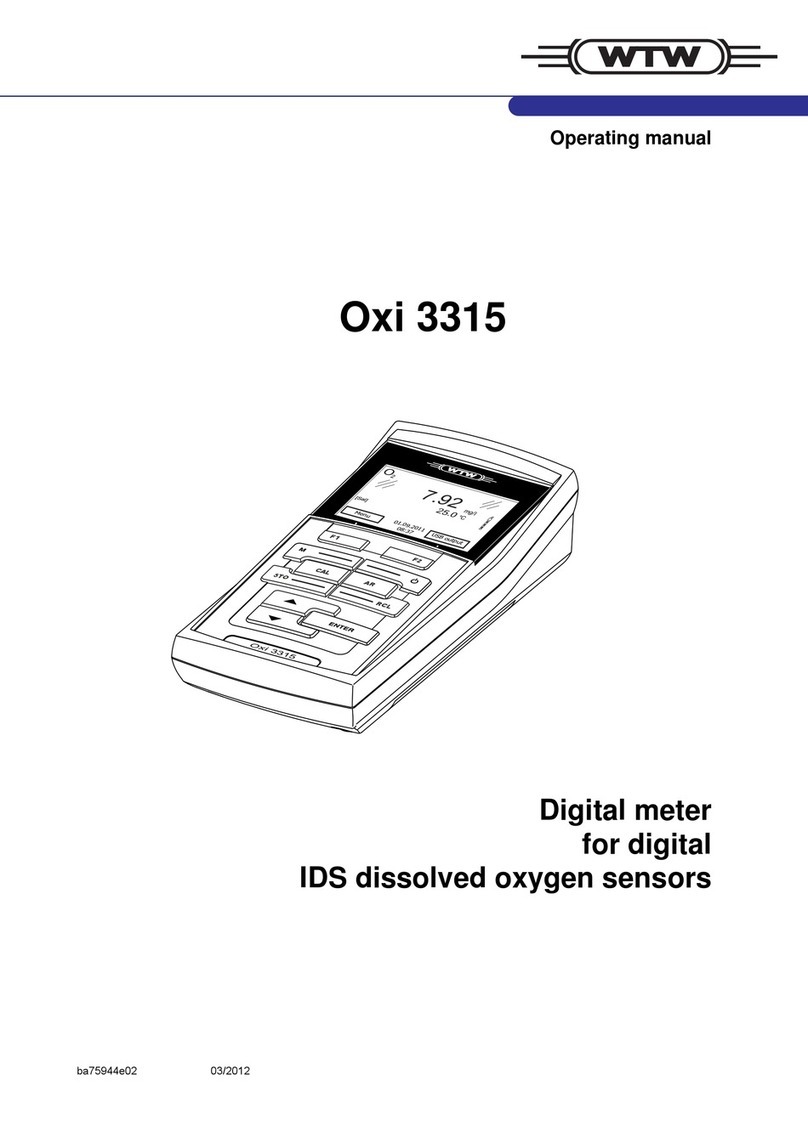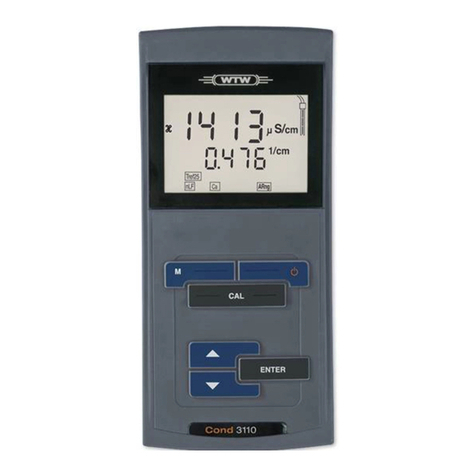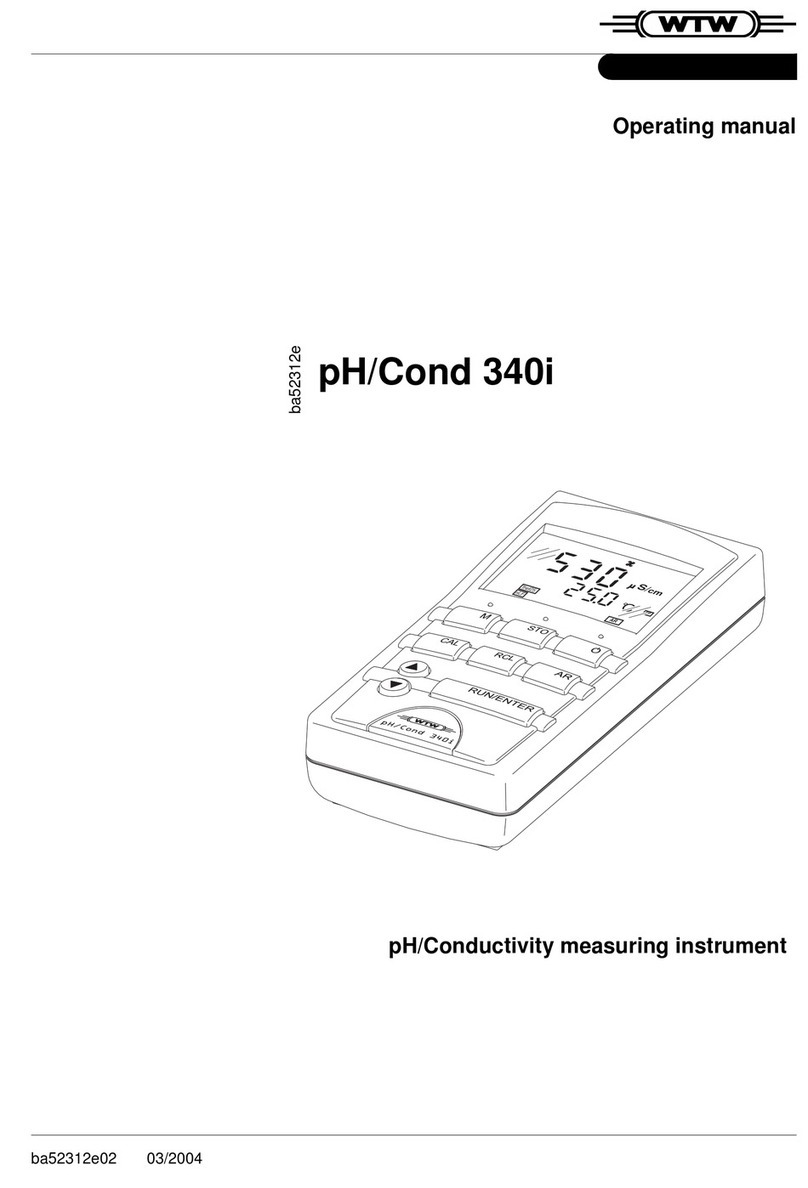wtw PhotoLab S12-A User manual
Other wtw Measuring Instrument manuals

wtw
wtw TriOxmatic 701 User manual
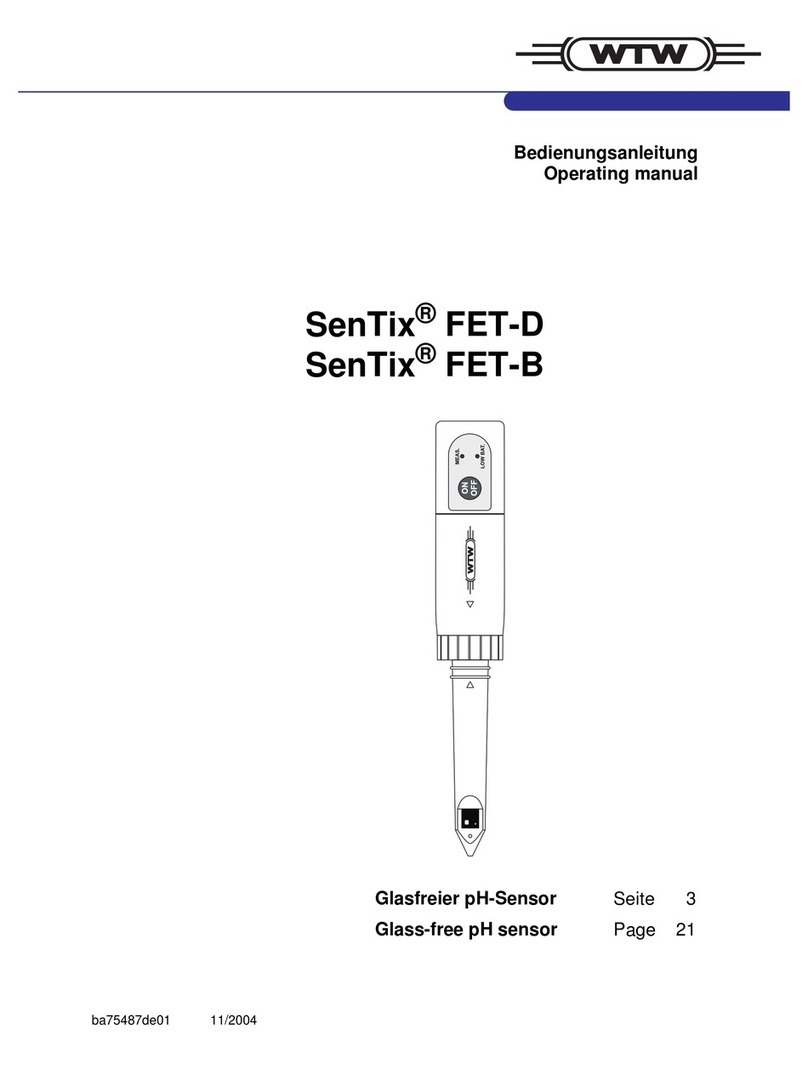
wtw
wtw SenTix FET-D User manual
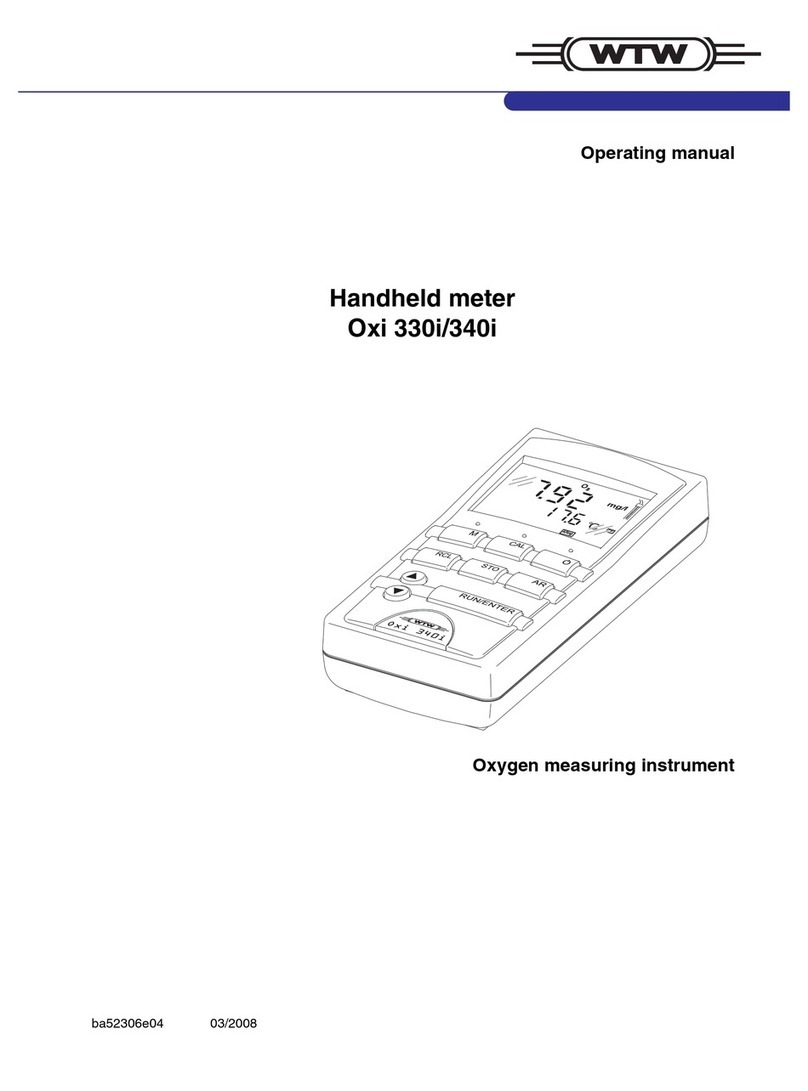
wtw
wtw Oxi 330i User manual
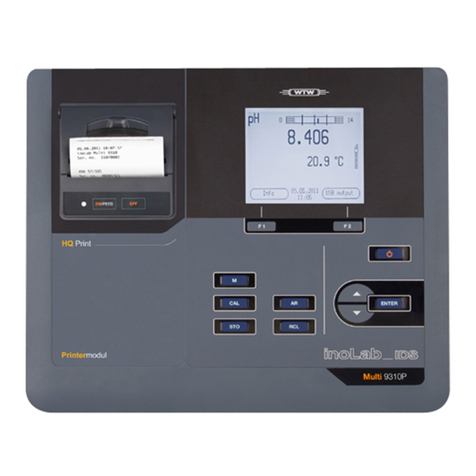
wtw
wtw inoLab Multi 9310 IDS User manual
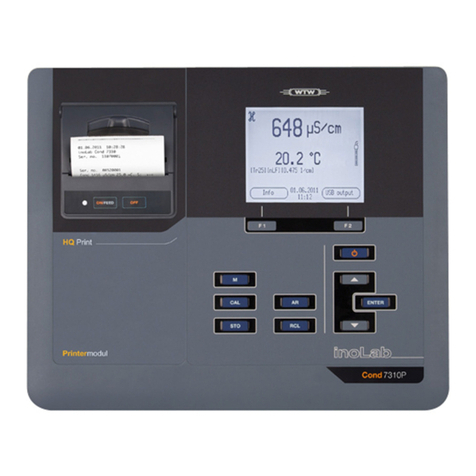
wtw
wtw Cond 7310 User manual

wtw
wtw LR 325/001 User manual

wtw
wtw Oxi 330i User manual

wtw
wtw K 500 DIN User manual

wtw
wtw photoLab 6100 VIS User manual

wtw
wtw Turb 430 IR/T User manual
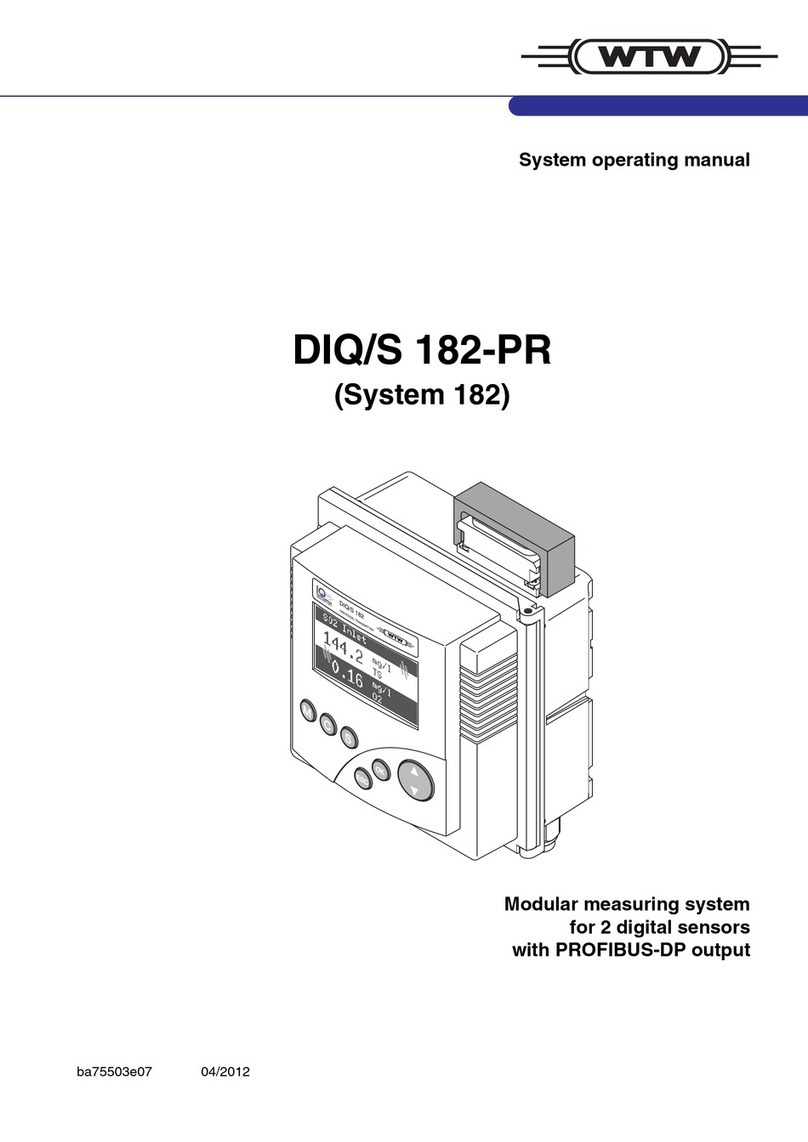
wtw
wtw DIQ/S 182-PR User manual

wtw
wtw TetraCon 325 User manual
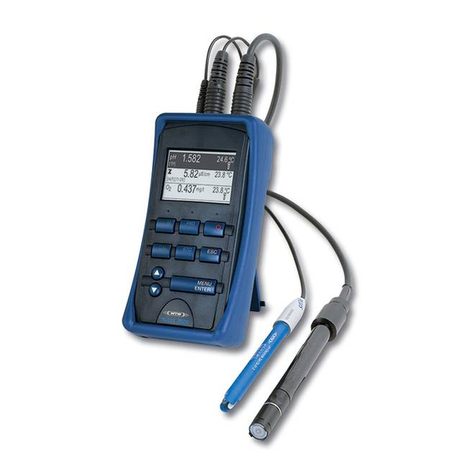
wtw
wtw Multi 350i User manual

wtw
wtw TriOxmatic 700IN User manual

wtw
wtw photoLab 6100 VIS User manual

wtw
wtw Multi 3420 User manual
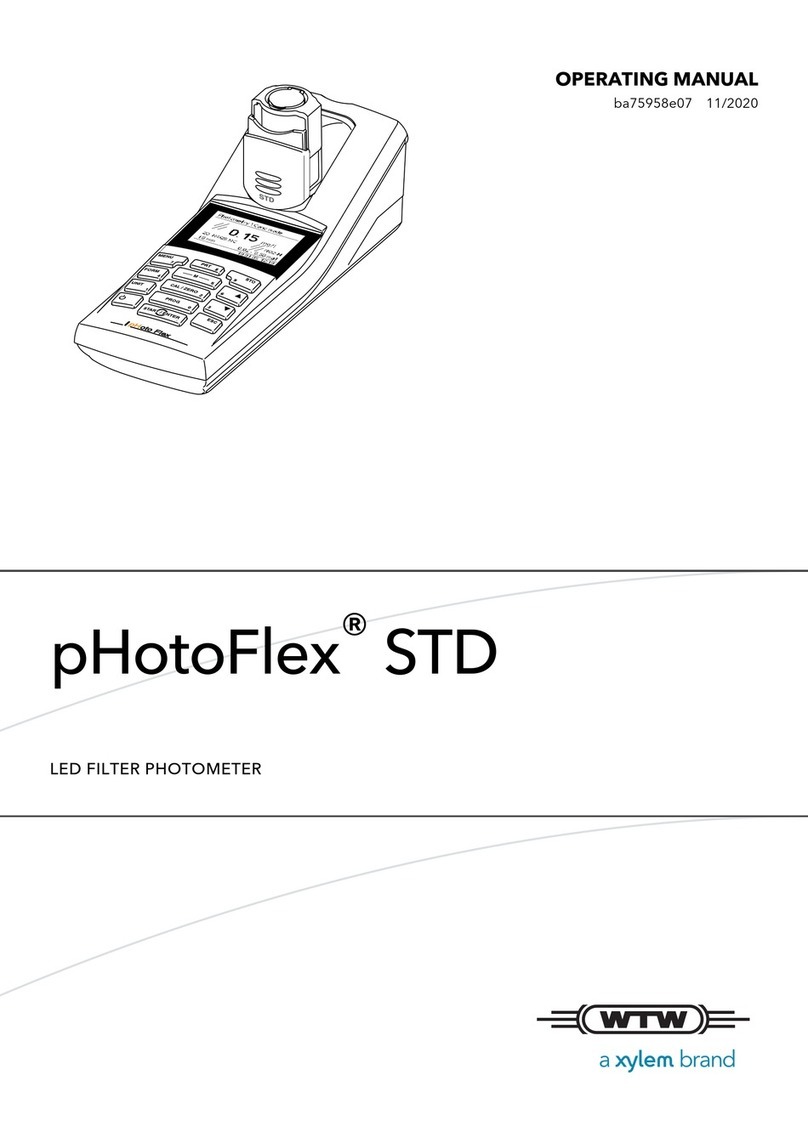
wtw
wtw pHotoFlex STD User manual
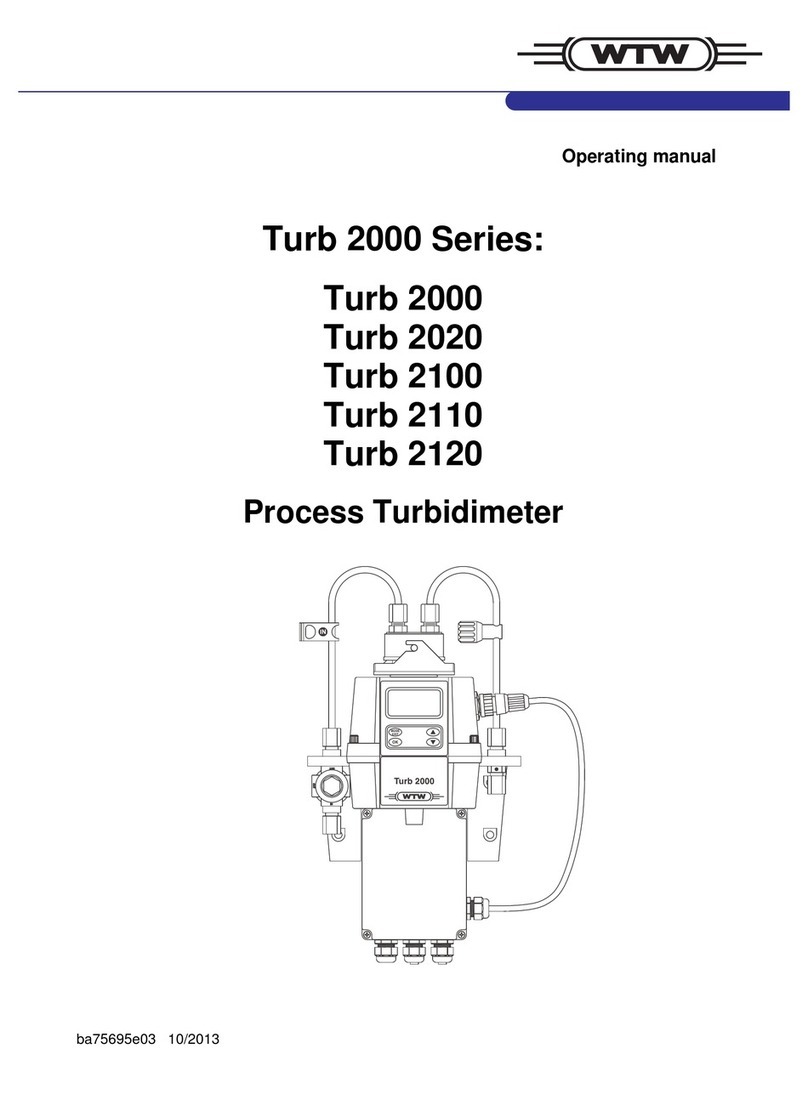
wtw
wtw Turb 2000 Series User manual

wtw
wtw pHotoFlex User manual
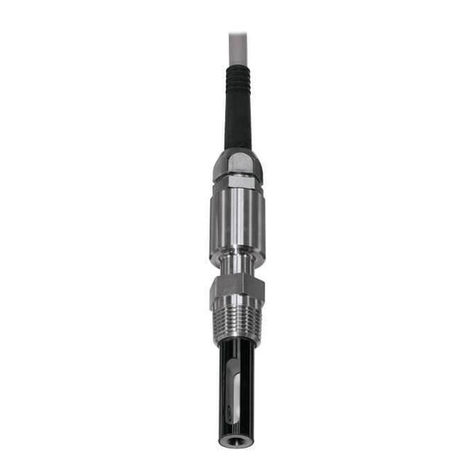
wtw
wtw LRD 01 User manual
Popular Measuring Instrument manuals by other brands

Powerfix Profi
Powerfix Profi 278296 Operation and safety notes

Test Equipment Depot
Test Equipment Depot GVT-427B user manual

Fieldpiece
Fieldpiece ACH Operator's manual

FLYSURFER
FLYSURFER VIRON3 user manual

GMW
GMW TG uni 1 operating manual

Downeaster
Downeaster Wind & Weather Medallion Series instruction manual

Hanna Instruments
Hanna Instruments HI96725C instruction manual

Nokeval
Nokeval KMR260 quick guide

HOKUYO AUTOMATIC
HOKUYO AUTOMATIC UBG-05LN instruction manual

Fluke
Fluke 96000 Series Operator's manual

Test Products International
Test Products International SP565 user manual

General Sleep
General Sleep Zmachine Insight+ DT-200 Service manual

